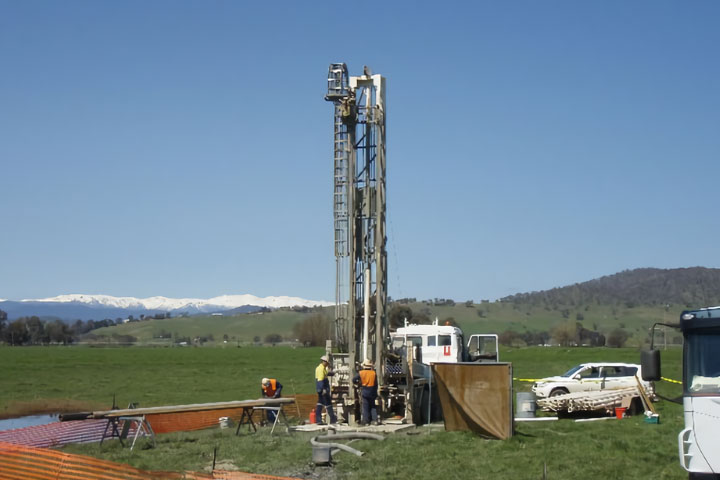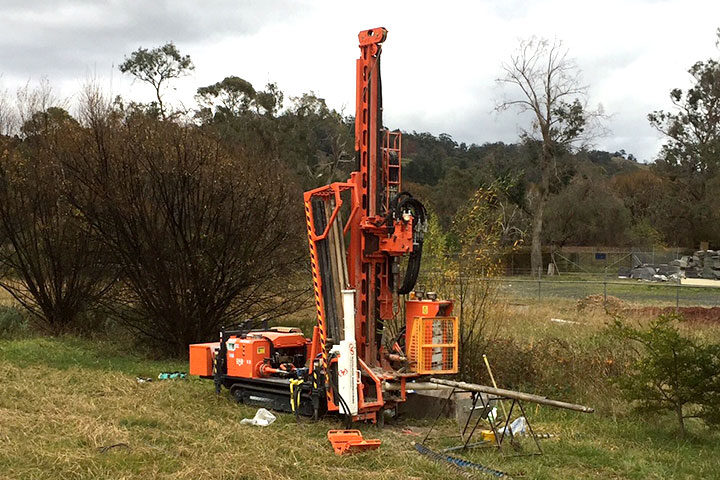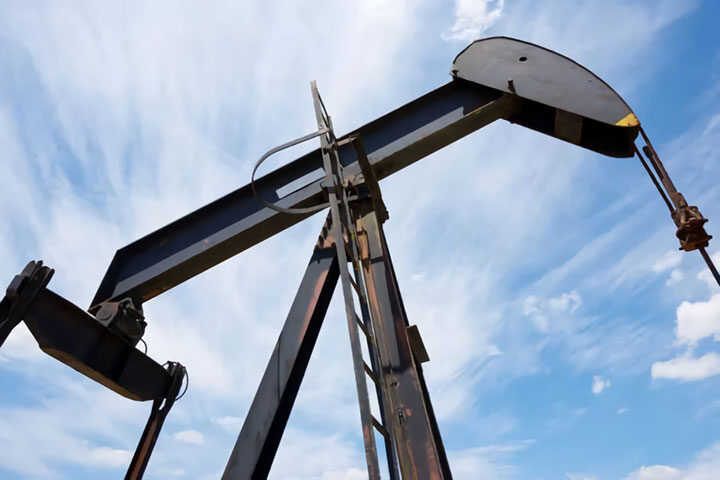
Everyone needs water. But few people actually consider where their water comes from. While you can process water from lakes, rivers, or springs, most of the water that supports residential districts comes from wells. Whether you draw from a private well or the public wells of a municipal district, the first step is drilling. Though often overlooked, water well drilling is one of the most important developments in the history of civilisation.
Even if you draw your water from a private well, chances are you didn’t have to hire a contractor to drill it and weren’t there when the well was drilled. It can be pretty impressive to see a well-drilling rig in action. Here’s a bit about how water well drilling works:
The most important element of the equation is a well-drilling rig. After site surveys have confirmed the location of water beneath the surface, the rig is brought onsite by a drilling company. This is a large piece of equipment either mounted on a truck or brought to the location by truck. There are two main types of drilling rig: pounders and rotary drillers. Pounders utilise a process called cable drilling. A heavy weight is raised and dropped repeatedly into the ground to punch holes. Rotary drill rigs bore down into the earth using a circular motion. They use bits that are rotated clockwise to drill into the earth and bring loose soil to the surface. Because this creates friction and heats the bit, the hole is often filled with water or mud to cool the bit during the process.
Drilling continues until the bit reaches an underground water source or aquifer. But it doesn’t stop there. The surface of the aquifer is known as the water table. But, since the water table can rise or fall with changing conditions, the well is drilled a bit lower to ensure a steady flow of water. Some wells are only 100 feet deep. Others can be more than 500 feet deep. Wells of this depth are often needed when the aquifer is covered by a layer of bedrock.
The next step in well drilling is to install the well casings. These are long pipes made of plastic or steel. They are used to line the well and prevent collapse during drilling and afterwards. Well casings also help to prevent contamination of the water. The casings are narrower than the well itself, so a 5cm gap called an annulus is left between the casing and the well wall. The annulus is filled with gravel and the last six meters are capped with concrete. This helps to both prevent contamination and protect the well from freezing during the winter. Some drilling contractors install the casing during the drilling process, while others will install it separately after the drilling has been completed.
The next step is to install a filter. The filter helps to eliminate debris and surface contaminants from the water drawn from the well. Plus, it prevents larger particles from entering the water pump. First a screen is placed at the bottom of the well. Next, gravel us placed at the bottom of the well. This acts as a natural filtration mechanism. After filter installation, a pump is then connected to the well. And voila! You now have a source of water for drinking, washing, irrigation, and other purposes for years to come.
If you’d like to know more about water well drilling or you’d like a well on your property, feel free to contact us.
BG Drilling – Your Premier Sydney Drillers



